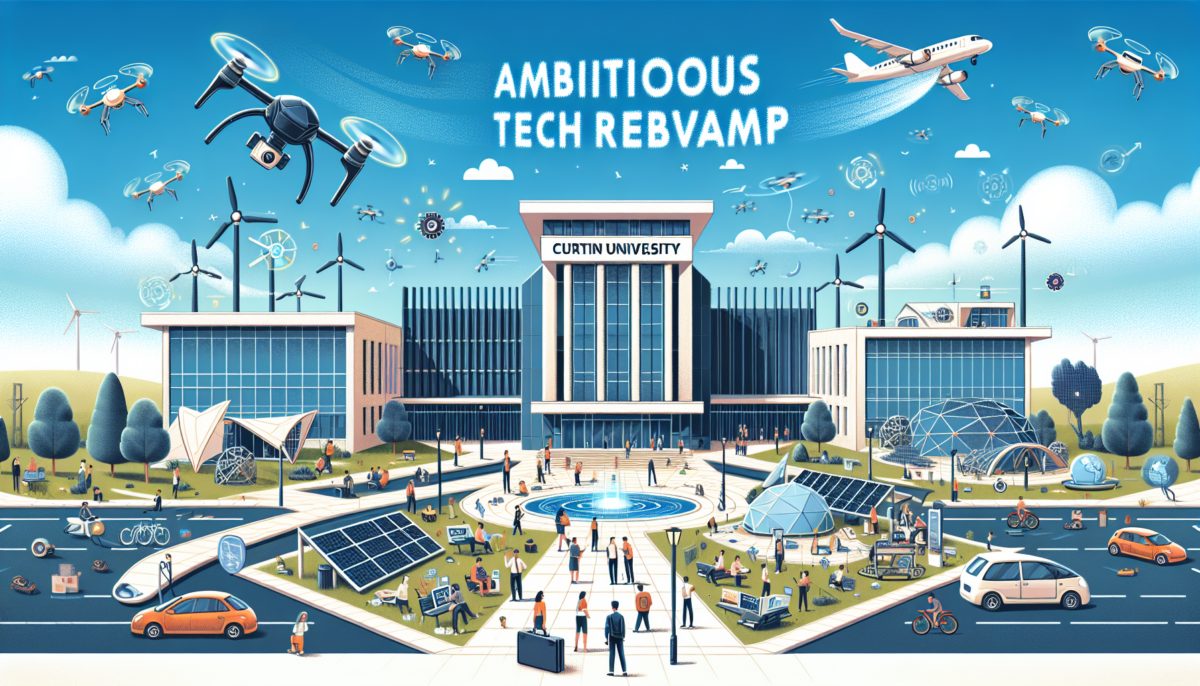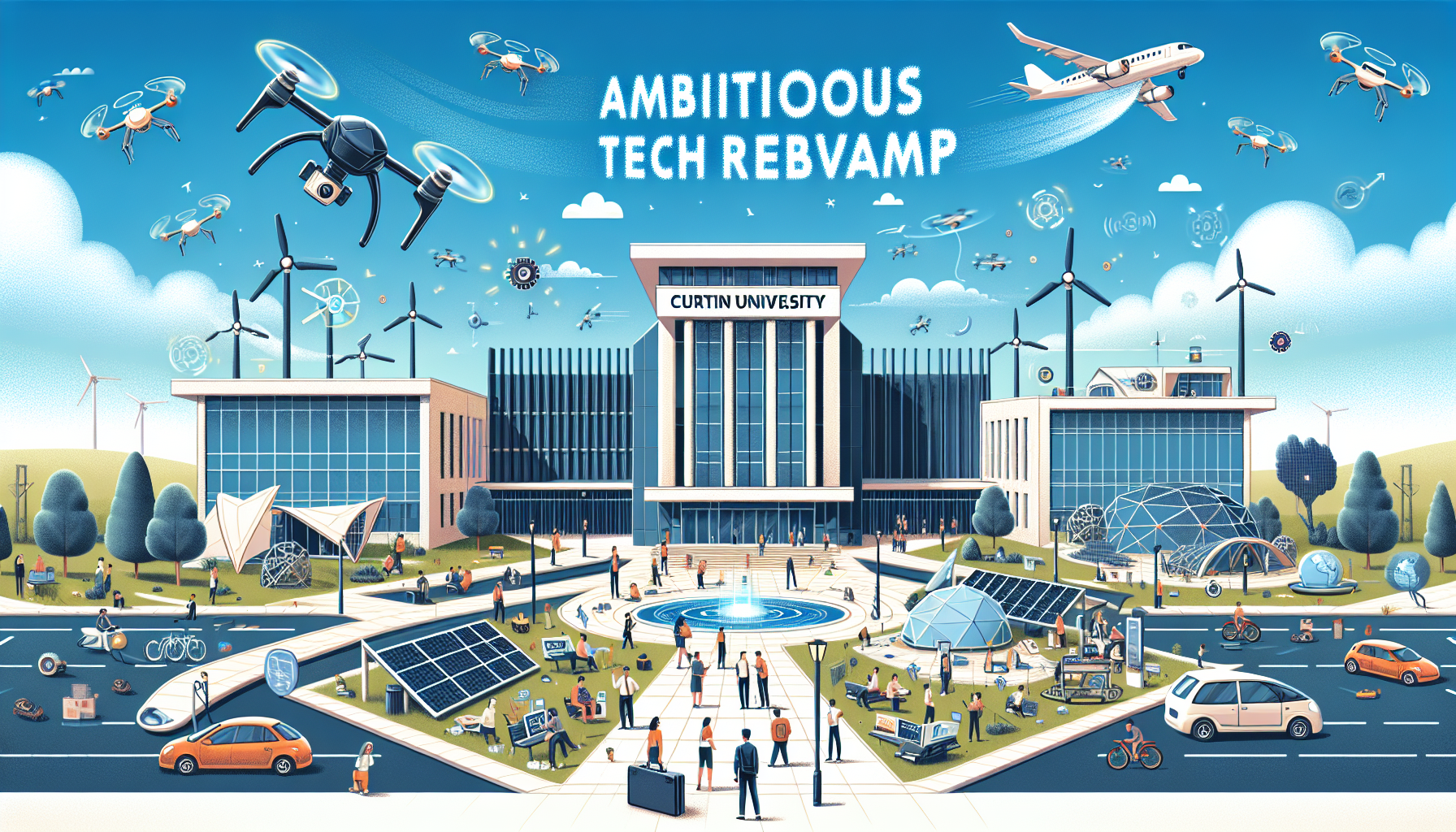Curtin University Propels Ambitious Tech Revamp
We independently review everything we recommend. When you buy through our links, we may earn a commission which is paid directly to our Australia-based writers, editors, and support staff. Thank you for your support!

Brief Overview
- Curtin University finishes the initial stage of its IT evolution leveraging AWS and ServiceNow.
- CIO Jason Cowie spearheads a “radical change” in IT operations.
- The institution plans to significantly decrease its applications from 900 to 50.
- The subsequent phase concentrates on front-end projects, including an all-in-one student app driven by AI.
- The ServiceNow CIO Dashboard is centralized for managing resources and prioritizing projects.
Establishing the Base
Curtin University in Perth has undertaken an ambitious IT reform led by CIO Jason Cowie, who became part of the university in 2018. Assigned with the task of orchestrating a “radical change,” Cowie initiated a restructuring of the IT team to attract premier technology talent. The first phase of the reform involved phasing out outdated systems and building a cloud-based infrastructure in partnership with Amazon Web Services (AWS).

iStockPhoto
Cowie’s early steps included terminating a suggested data centre update in place of a complete digital strategy. This choice led to the creation of a “foundational cloud” that effectively oversees applications and data, allowing the university to shut down one of its on-site data centres. The objective is to condense the application count from 900 to a controlled 50, ensuring improved management and security.
Complete Transparency
In 2021, Curtin implemented ServiceNow for IT service administration, beginning with incident management and support functions. The platform’s role expanded to encompass project management and risk oversight, ultimately including a performance dashboard for executive monitoring. This all-encompassing CIO Dashboard has become vital for managing resources and determining project priorities, enabling Cowie to effectively display outcomes to stakeholders.
ServiceNow’s Idea Portal further promotes engagement by enabling users to submit and vote on new projects. “We wanted everything monitored in a single central location,” Cowie stated, highlighting the significance of transparency and data-informed decision-making.
The Subsequent Phase
With foundational systems established, Curtin’s IT evolution is advancing to its second stage, concentrating on improving user experiences through AI and automation. This phase aspires to unify various student-facing applications into one seamless platform similar to online banking. Current AI projects include virtual patients for healthcare students and digital assistants for common inquiries.
The university also intends to automate the lifecycle management of its 50,000 IT assets, employing AI to streamline procurement and refresh cycles. “We aim to leverage our data and digital expertise, facilitated by AI, to evolve into a more tech-savvy institution,” Cowie noted, underscoring the aspiration to allow academic staff more freedom to concentrate on research and teaching.
Conclusion
Curtin University’s multi-year IT evolution, guided by CIO Jason Cowie, is establishing new benchmarks in educational technology. The successful completion of the initial phase positions the institution for innovative front-end advancements by utilizing cloud technology and AI to enhance user experiences and operational efficiency.
